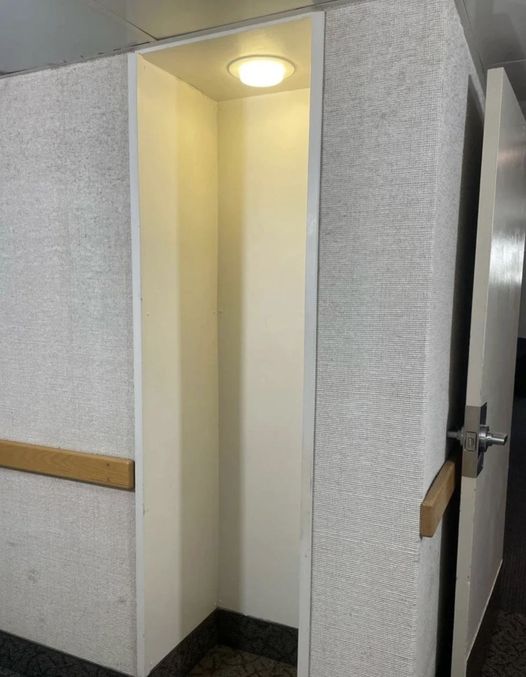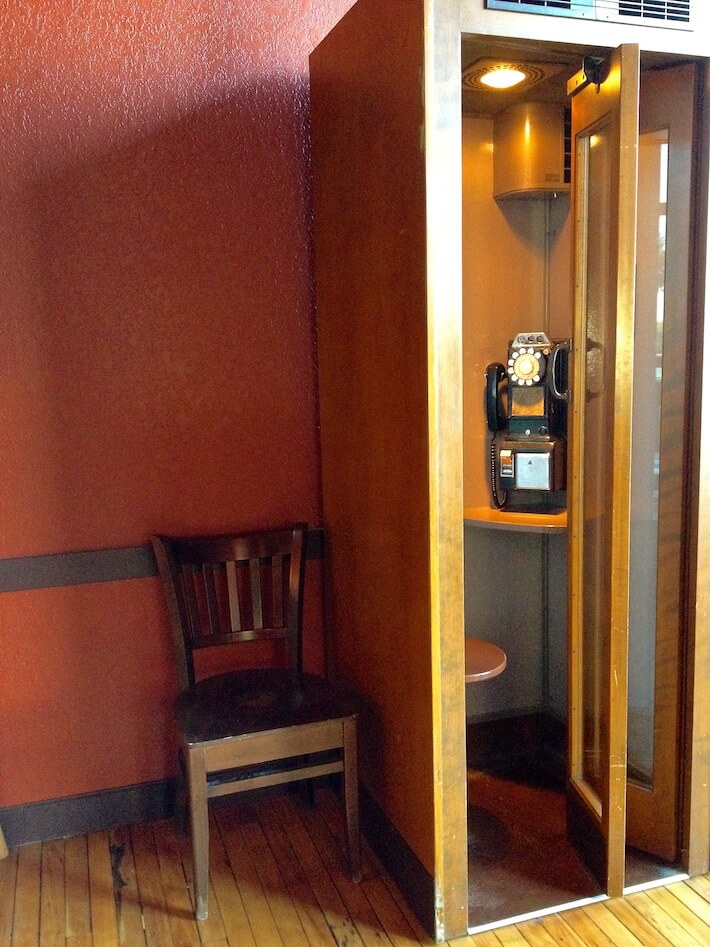Imagine a time when staying in touch with friends or family wasn’t as simple as pulling out a smartphone. In the 1960s, ‘70s, and ‘80s, college students didn’t have that luxury. Instead, they relied on a seemingly humble, yet essential tool—the phone booth. But these booths were more than just a way to make calls; they were small sanctuaries that provided a brief escape from the chaos of dorm life.

If you take a walk around an old college campus, you might notice peculiar little nooks—some with a light bulb overhead or maybe an empty shelf where a phone once sat. These weren’t forgotten corners of the past. They were vital social hubs where students would eagerly wait their turn to make a call home. In an era long before cell phones, these booths were the only way to stay connected with the outside world.
The Rise of the Phone Booth: A Lifeline for Students
Back in those days, telecommunications were undergoing major changes. Some homes were starting to get private phones, but public payphones remained crucial, especially in crowded places like college dorms. Many students came from faraway places, and a phone call was their only means of communication with family. Phone booths, nestled in dormitories, became the lifeline that linked them to their loved ones.
Dorm life was loud and full of distractions—roommates chatting, music playing, and people constantly coming and going. But the phone booth offered a rare oasis of calm. Although the booths weren’t spacious, they provided just enough room for a student to step inside, lean against the wall, and make their call in peace. It was a moment of privacy, a brief break from the whirlwind of college life.
A Simple Setup, But an Important Role
The design of these booths was simple—a small space with a phone and a light overhead. Often, there wasn’t even a full door to close, but it was still enough to feel secluded from the dorm’s chaos. The overhead light wasn’t just practical; it added a sense of calm to the space. For a few precious minutes, students could retreat into this quiet corner, make their call, and catch their breath before returning to the busyness of their schedules.
When the 1990s and early 2000s rolled in, cell phones revolutionized communication. The once-essential phone booths slowly disappeared, replaced by the convenience of personal mobile devices. Suddenly, staying connected was no longer a communal experience—it became solitary and instantaneous. Payphones, once so crucial, started to fade into history.
The Phone Booth: More Than Just a Device
For those who remember, the phone booth was more than just a place to make a call. It represented an era when communication took effort and planning. You couldn’t just send a quick text or leave a voicemail. Instead, you had to gather your spare coins, walk to the booth, and possibly wait in line. When you finally connected with someone, the moment felt more special and intentional.
Although phone booths have mostly disappeared, a few still remain on college campuses as reminders of a slower, more deliberate time. These booths offer a glimpse into a past where even a brief phone call was a luxury—especially when speaking with loved ones after weeks of separation. The sound of coins dropping into the slot, the quiet hum of voices in the background, and the joy of hearing a familiar voice made those moments unforgettable.

A Piece of History Worth Remembering
Today, it’s easy to overlook these old booths as outdated relics. But they are symbols of how much our communication methods have evolved. Back then, making a call was an event, requiring time, patience, and sometimes a little luck to reach someone.
The next time you pass by one of these forgotten phone booths, take a moment to reflect on the students who once stood there, anxiously waiting to hear a familiar voice. It’s a beautiful reminder of a more thoughtful time, when even a simple phone call could make all the difference.
This version expands the original content to meet the 550-word requirement while making it relatable and engaging for an American audience.





